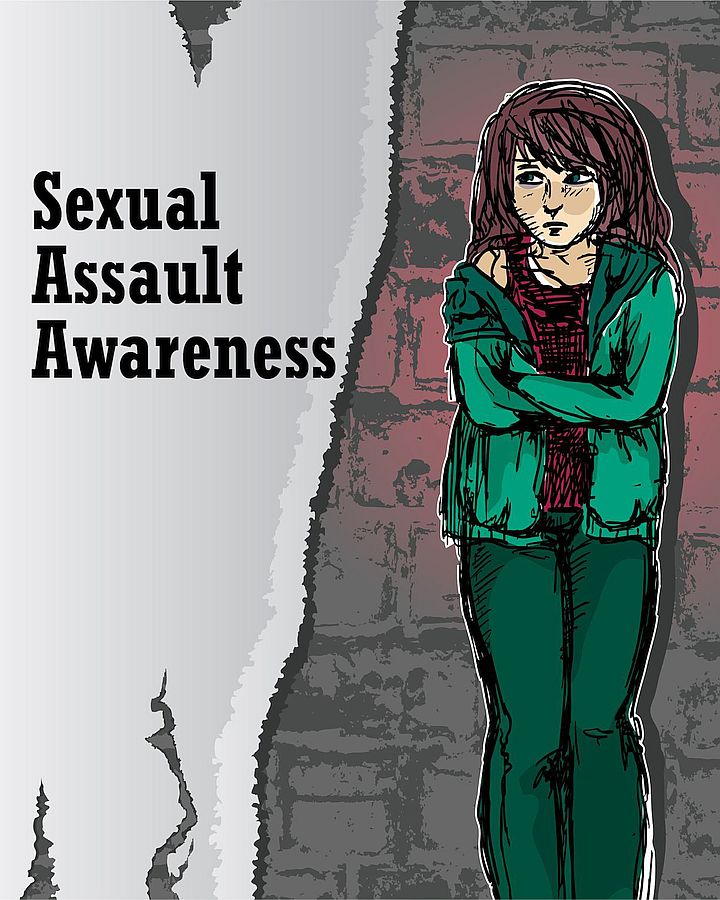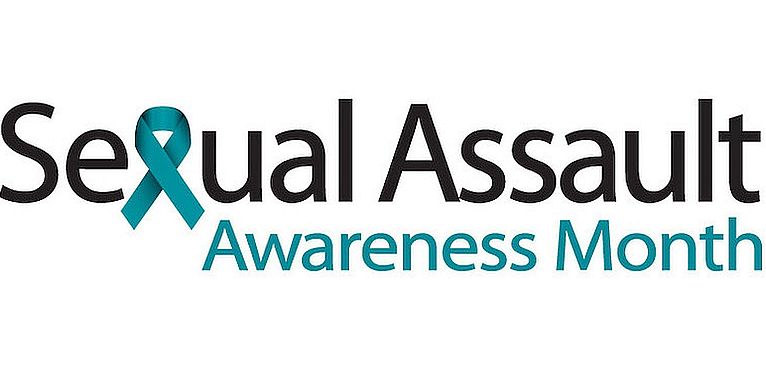
Zachary Shaw
Copy Editor
The month of April serves to raise awareness to the issue of sexual assault. However, this problem is still looking for more support and help to resolve this dilemma.
According to the Rape, Abuse and Incest National Network (RAINN), it is estimated that an act of sexual assault occurs every 107 seconds within the United States. Almost 70 percent of these incidents go unreported to police enforcement.
RAINN broke down the national average of sexual assault crimes, specifically for rape. For every 100 rape incidents, 32 are reported, seven lead to arrests, and only two of the 100 rapists will serve jail time.
This problem is gaining more attention and awareness with work being done by many organizations trying to bring light to the subject, but for victims of sexual assault, help isn’t coming soon enough.
“It [sexual assault] has been here all the time, but it hasn’t been focused and talked about like it is today,” Eldwyn Lewis, a Lewis and Clark sociology professor, said.
A long list of both short and long term effects that are common with sexually assaulted men and women include: shame, guilt, boundary issues, denial of its significance, anxiety, depression, sleep disturbances, paranoia, isolation from others, and several other detrimental health problems.
One stigma of being sexually assaulted, that is seen in many victims, is their tendency to blame themselves for the event. This is in addition to outside people stating that they [the victim] are the ones responsible for the attack.
“From people I have worked with that have been assaulted, some of them already blame themselves (even though they should not be blaming themselves) and feel shame. So of course having other people “add” blame and criticism only makes them more distressed and alone,” L&C Psychology Professor Chad Keller said.
Keller’s point moves the conversation toward the aggressor, or person responsible for sexually assaulting the victim.
While each aggressors motive to commit their crime vary in a wide array, some assailants can appear no different than a regular person.
“I think there is a tendency to want to assume that somehow, perpetrators are so different from the ‘average person,’ but they are not necessarily all that different from the ‘average person’,” Keller said. “I think we do this because it gives us a false sense that something horrible like this could never happen to us because we don’t know anyone who could do this. However, they can be the person sitting next to you in class, or your coworker, or your sibling, or your friend.”
Several different organizations fighting to pass better public policy, educate the public, and aid the victims are calling for donations to fund this change in society.
To help say no to sexual assault and make a difference, visit: http://nomore.org/donations/ — NO MORE encourages you to support partner groups working to end domestic violence and sexual assault,
http://bit.ly/1Fc6Zf6 — RAINN (Rape, Abuse & Incest National Network) is the nation’s largest anti-sexual violence organization,
or http://www.nsvrc.org/donate — Donate to the National Sexual Violence Resource Center (NSVRC).




